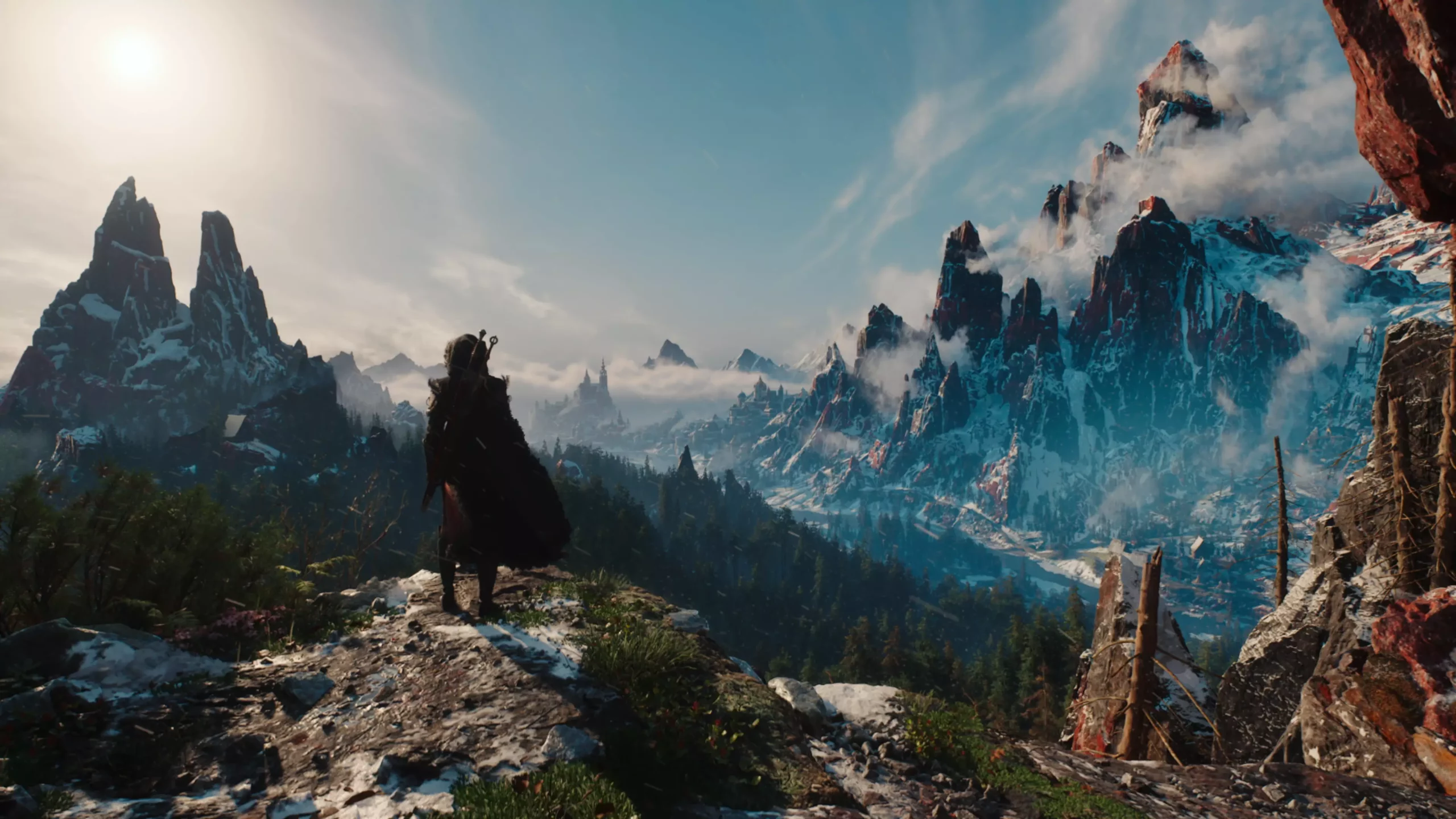CD Projekt Red, a name synonymous with ambitious role-playing games, is currently walking a tightrope regarding the expectations for their upcoming title, The Witcher 4. As they unveil their technological advances, primarily through a much-anticipated tech demo, the developers are keen to clarify misconceptions surrounding the distinction between a tech demo and actual gameplay. Engineering production manager Jan Hermanowicz has been vocal in stressing that what has been shown so far should not be assumed to represent the finished product. This insistence on ambiguity reveals not only transparency but also a wariness born from previous experiences.
The shadows of Cyberpunk 2077 loom large over CD Projekt Red. Following the tumultuous launch of that game, the studio seems determined to avoid repeating the same mistakes. The tech demo, while indeed a showcase of groundbreaking technology powered by Unreal Engine, must be perceived through a lens of caution. Hermanowicz’s statements highlight a crucial aspect of game development: what players see in demos may not reflect what will eventually grace their screens. This initiative aims to preserve the studio’s credibility while solidifying realistic expectations, but it inevitably opens the floor for speculation and scrutiny.
The Reality of Development: Kovir and Its Assets
Set in the northern realm of Kovir, The Witcher 4 is showcasing a world filled with promise, and while Hermanowicz asserts that “the region will appear in the game,” he also notes the possibility of discrepancies between the demo and the final game. The assets featured in the tech demo come from CD Projekt Red’s existing library, yet there’s no guarantee that they will be directly utilized in the completed game. This creates an interesting dynamic for the audience; while the art style remains consistent, the final aesthetics and interactive experiences could evolve quite considerably as development advances.
Despite technical prowess, the ultimate judge of a game’s quality lies in its gameplay mechanics and storytelling. Fans of the franchise are accustomed to a particular depth, and they have every reason to hope for an experience that is not only visually striking but also rich in narrative. Hermanowicz’s insistence on early-stage development and potential shifts in artistic direction serves as a reminder that even with high expectations, flexibility is key in the world of game design.
The Challenge of Communication
The challenge for CD Projekt Red is not merely technological but also communicative. Hermanowicz’s reflections on managing public perception underscore a broader issue in the gaming industry: the narrative crafted around game releases can significantly influence player expectations. The tech demo’s presentation at The Game Awards 2024 was undoubtedly eye-catching and delivered in a manner that accentuated its dynamic capabilities. However, it also creates the risk of blurring the lines between preproduction prototypes and the actual game experience.
The anticipation surrounding The Witcher 4 is palpable, yet with it comes a responsibility for CD Projekt Red to continually clarify and manage expectations. Gamer communities on social media already exhibit the impact of this ambiguity, often disturbed by previous instances of graphical downgrades, such as those witnessed with Marvel’s Spider-Man. Skepticism is rampant, and the studio’s past missteps have further fueled a tempest of distrust that seems unlikely to dissipate easily.
Learning from the Past
CD Projekt Red’s insistence on transparency can be seen as a proactive attempt to reshape the narrative surrounding their games. The sentiment of “not pretending” extends past mere marketing; it is an acknowledgment that the gaming ecosystem is sensitive and multifaceted, particularly in a world where player expectations can spiral out of control. By addressing the nuances of tech demos and development cycles head-on, CD Projekt Red is striving for a more honest dialogue with their audience.
In an industry marked by rapid advancements and shifting landscapes, developers must strike a balance between excitement and realism. The Witcher 4’s portrayal of Kovir is indeed an exciting look into what is possible, yet it serves as a reminder to approach such displays with an analytical mind and tempered enthusiasm. CD Projekt Red is at a crucial juncture, and how it navigates these waters will likely influence not just the fate of The Witcher 4, but also its long-term relationship with the gaming community. The path ahead may be fraught with challenges, but transparency may well become the cornerstone of rebuilding trust between developers and their fans.

